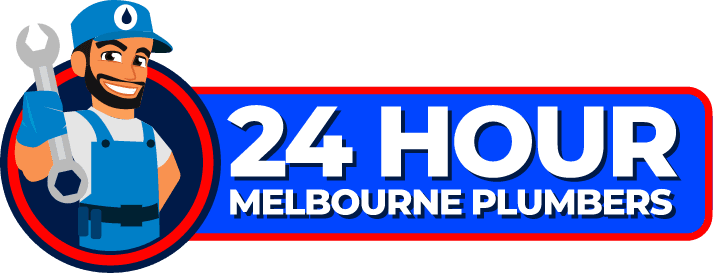The plumbing in any building serves two main purposes; to bring water into a structure for human use, and to remove wastewater of various types.
Whether it’s home plumbing or that of the workplace, working with a professional plumber can ensure that you’re able to get your life back on track. Did you know that if plumbing is done incorrectly, it can breach council safety standards and damage the home? Good! Now you know.
A modern plumber is always on the lookout for the best tools around. When it comes to dealing with troublesome leaks and jumping into plumbing emergencies, we need the best possible equipment at our side.
The last thing a plumber would want to experience is turning up at a job and finding out he/she doesn’t have the right tools. Maybe you don’t have a particular tool, or you forgot to bring it along. This may cost you the job, depending on the urgency of the project. And also go a long way causing you discomfort throughout the day. So, it’s advisable to update your tools and always ready for a project.
In this blog, we decided to put together a list of essential tools that should be in every plumber’s toolbox so you can focus on the job at hand. Here we go!
Adjustable Wrench
A standard tool for any plumber, Adjustable Wrenches is a plumber’s best friend when it comes to bolts and fastening, pipe gripping, etc. it’s designed to grip round objects securely by digging its sharp serrated teeth into the tube with increasing pressure as the wrench is turned.
A pipe wrench is not recommended for removal of shiny fixtures or small or fragile pipes because they leave teeth mark on the pipe surface. Pipe wrenches are used on galvanized steel and iron pipe and heavy-duty accessories with rough finishes such as outdoor spigots or hydrants.
Tubing Cutter
A tubing cutter is a crucial plumbing tool if you are working with copper pipe. It has a thin cutting wheel that cuts the metal and a flat pressure when you turn the tool’s knob. Copper requires neat, square cuts, and tubing cutters do just that – with much less effort than a hacksaw.
Plumber’s Tape (Thread Seal Tape)
It’s the cheapest of all the plumbers’ tool but can keep you waiting an entire day when not available. It helps prevent leaks at threaded plumbing joint connections (shower heads inclusive).
Water Pump Pliers (Slip Joint Pliers)
It has a fulcrum that can be adjusted to increase the size range of the jaws. Its toothed jaw makes it ideal for gripping and holding jobs. Water pump plier has diverse application and is a handy tool.
Blowlamp
This is important as well; it’s used for soldering and fixing copper pipes. A vital tool for creating water-tight seals and joints. It’s important to purchase a good quality blowlamp that produces a fine flame at a high temperature to give soldered joints that don’t leak.
Plunger
The plunger is another plumber’s best friend; it is a simple yet effective design. It’s inexpensive and is possibly the first tool you grab when a sink, toilet, drain or bath needs unblocking.
Hacksaw
Pipes don’t always come apart easily so investing in a good quality Hacksaw will be extremely useful when cutting any pipe, nut, bolt, or screw. You can as well use the hacksaw blade on its own when in a tight squeeze.
Mole Grips
Mole Grips helps to indicate whether a surface is horizontal or vertical. Having a range of sizes will allow you varying levels of accessibility.
Screw Driver
It’s ideal for fitting wash-hand basins where the extra length keeps your knuckles out of the way of the basin.
And More!
Knee Pads
Claw Hammer.
Open Ended Spanner Set.
Pressure Tester.
Pipe Freezer Spray.
Angle Grinder.
Long Nose Pliers.
Measuring Tape.
In addition to all the Must-have tools we’ve looked at in this guide, there’re still more specialized tools that are used every day in the plumbing field.
None of these feats in plumbing would be possible without the right tools for the job. Each tool offers its strength regarding performance and versatility in the plumbing process. As technology has continued to advance, many of the old tools used in plumbing have been adapted to be more modern.

 Knee Pads
Knee Pads
Recent Comments